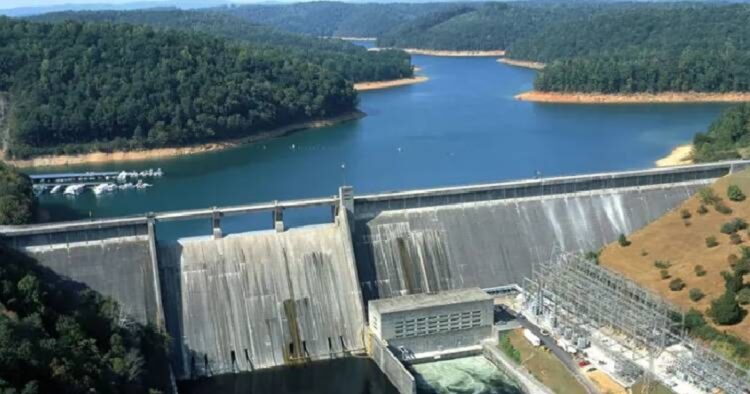India is planning to invest $1 billion to speed up the construction of 12 hydropower stations in Arunachal Pradesh, a move that could increase tensions with China. The Chinese government claims this region as its own, calling it part of southern Tibet.
The Indian Finance Ministry, led by Nirmala Sitharaman, has recently approved financial assistance of up to 7.5 billion rupees ($89.85 million) for each hydropower project in the northeastern region. This means that in total, about 90 billion rupees will likely be allocated for the 12 projects in Arunachal Pradesh, according to sources familiar with the matter.
The new scheme will also help northeastern states by supporting their equity holdings in the projects they host. This involvement of state governments usually makes it easier to get regulatory clearances, handle local rehabilitation, and negotiate on sharing electricity with the host state.
These plans for the hydropower stations are expected to be announced in the 2024/2025 federal budget, which Prime Minister Narendra Modi’s government will unveil on July 23.
India sees Arunachal Pradesh as an integral part of the country, but China objects to Indian infrastructure projects in the area. The Indian government is pushing these projects in the eastern region following reports that Beijing might construct dams on a section of the Brahmaputra river. In China, this river is known as the Yarlung Tsangbo and it flows from Tibet through Arunachal Pradesh.
India is concerned that Chinese projects in the region could lead to flash floods or create water scarcity on its side of the border. This investment in hydropower projects is seen as a strategic move to secure its water resources and ensure the region’s development.
The hydropower projects are expected to boost local economies, provide jobs, and increase the region’s electricity supply. By investing in these projects, India aims to strengthen its presence in Arunachal Pradesh and counter any potential threats from Chinese infrastructure developments.
Overall, this $1 billion investment underscores India’s commitment to developing its northeastern region and ensuring the stability and security of its borders.

















Comments